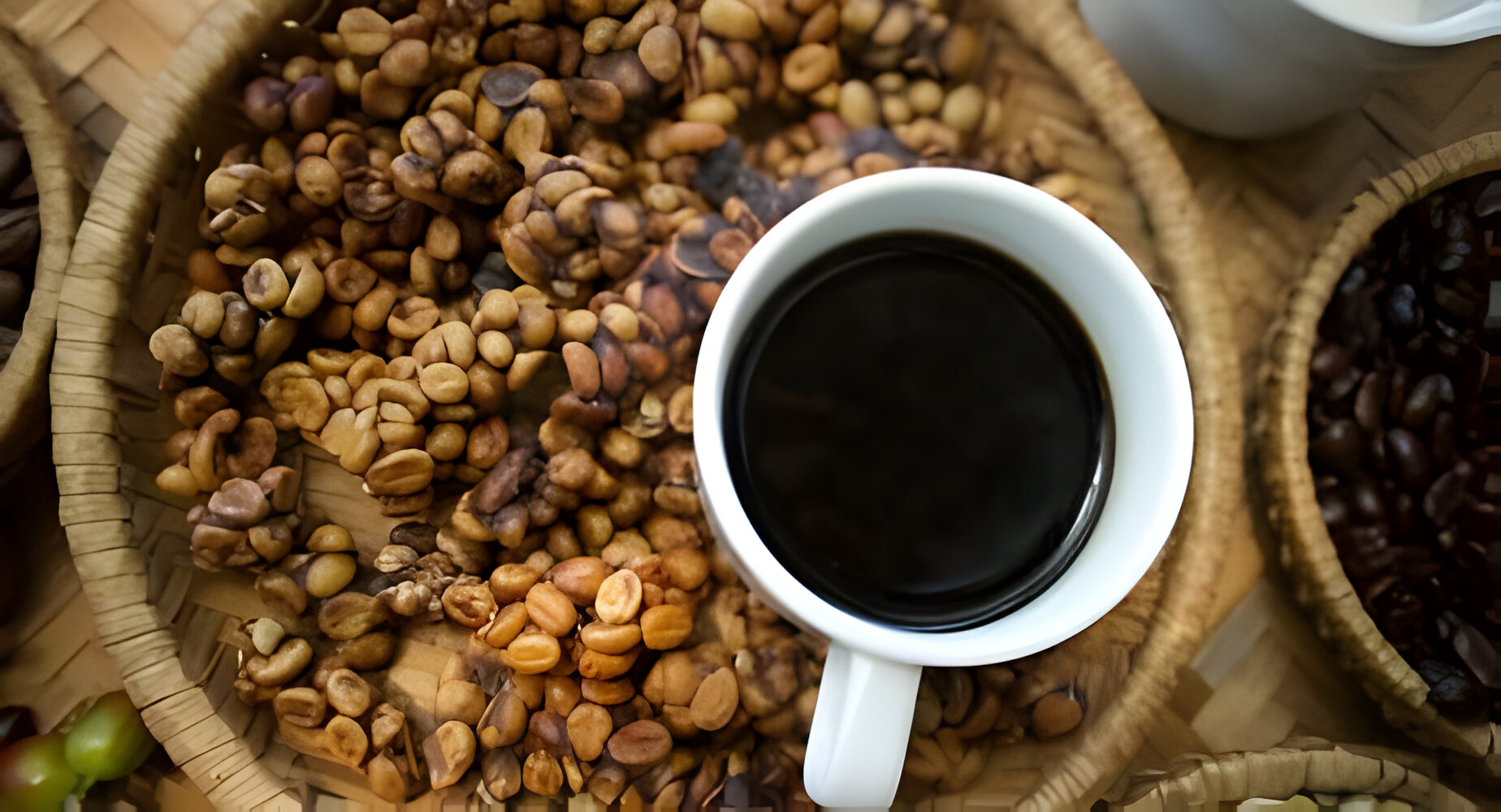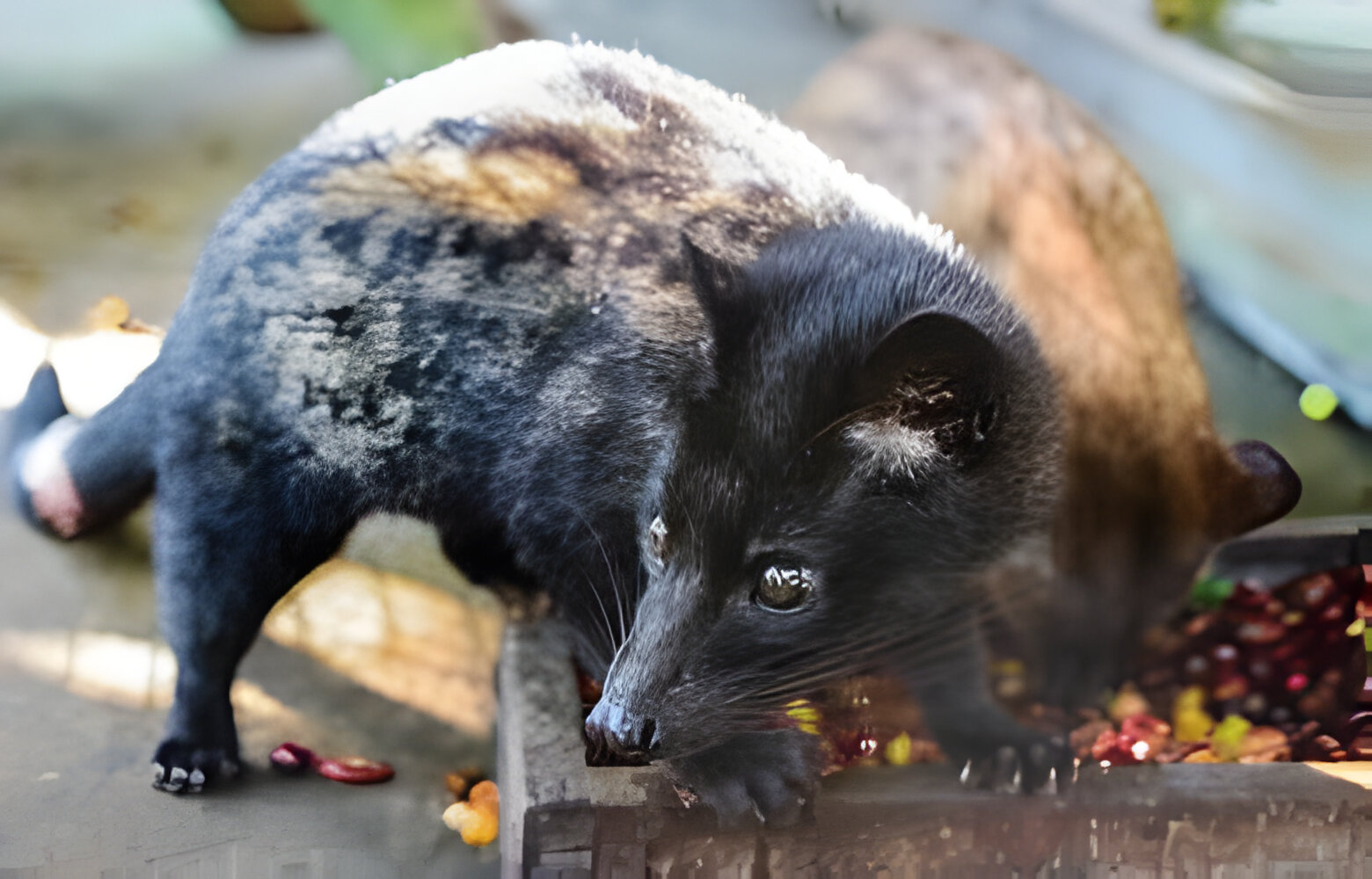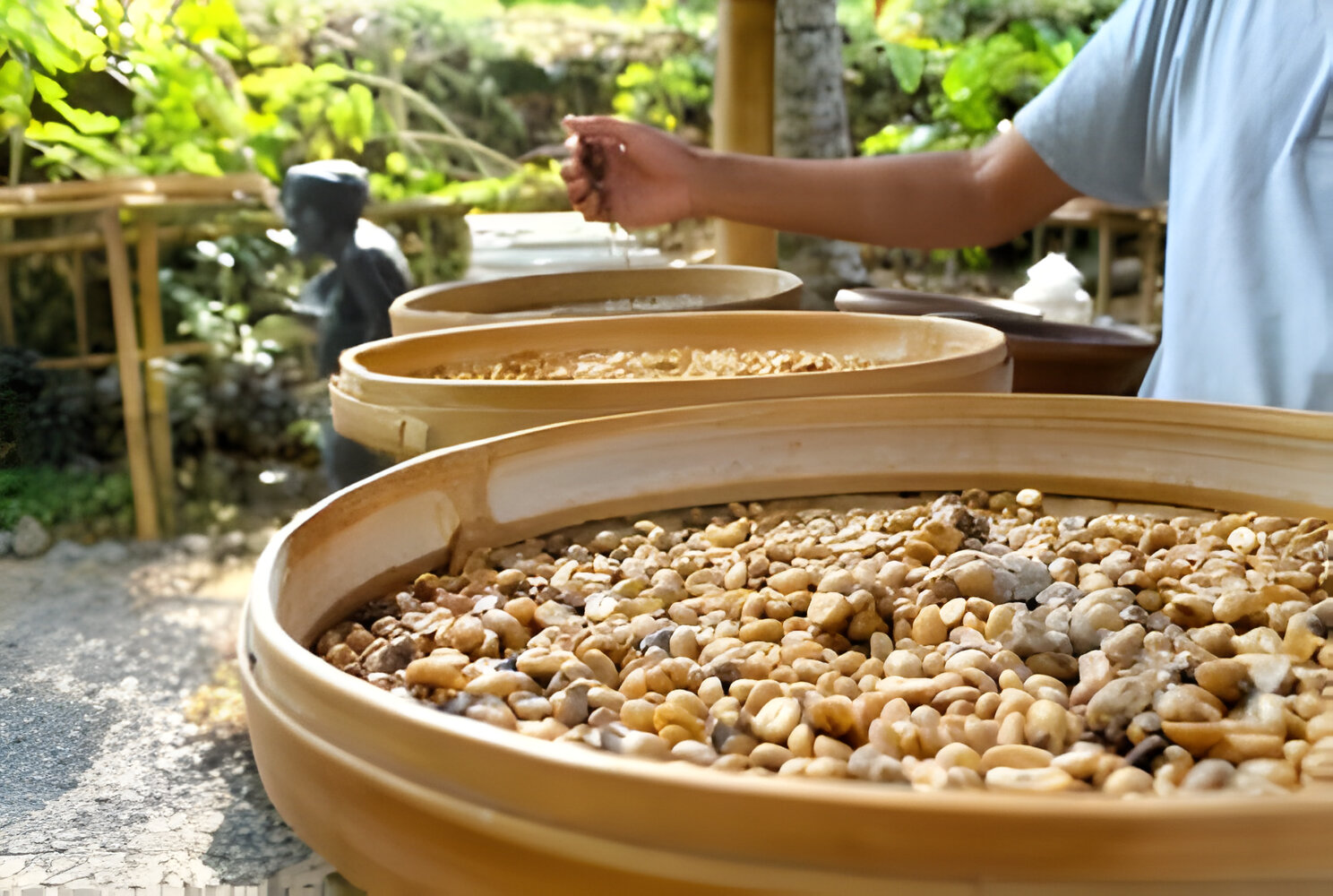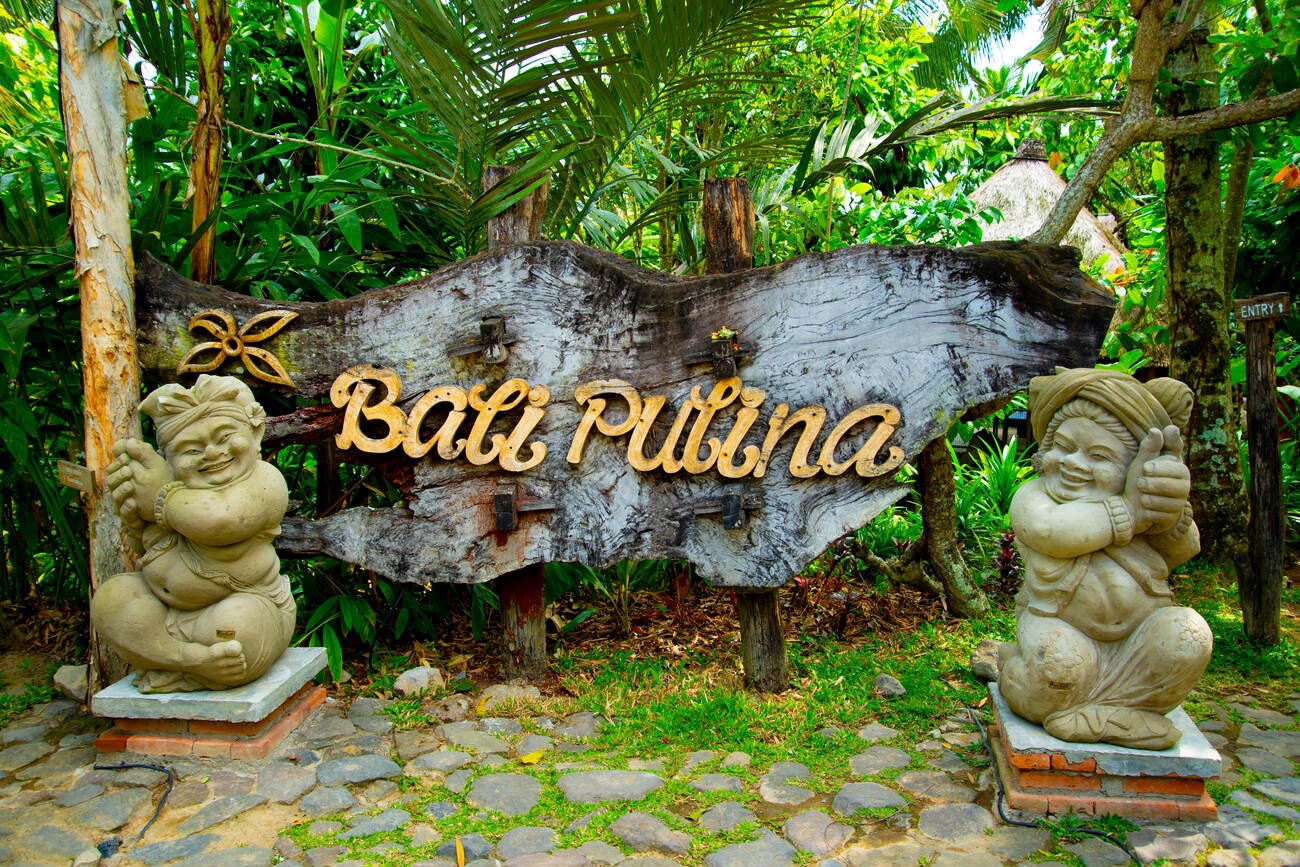Kopi Luwak or Civet Coffee- Bali’s most priced possession
Rise and grind, It’s Coffee Time!
If that’s you then you must have definitely heard about Kopi Luwak, Balinese for Civet Coffee. It is one of the most exclusive and expensive coffees in the world.It is a type of coffee that are partially digested coffee cherries, which have been eaten and defecated by the Asian palm civet. The cherries are fermented as they pass through a civet’s intestines, and after being defecated with other fecal matter, they are collected.
Kopi Luwak is produced mainly on the Indonesian islands of Sumatra, Java, Bali, Sulawesi, and in East Timor. Bali Tour Packages can give you a fair idea of the Places to visit in Bali.
Producers of the coffee beans argue that the process improves the taste of the coffee basically through two reasons : first is selection of the coffee beans, where civets choose to eat only certain cherries; and digestion, where biological or chemical mechanisms in the animals’ digestive tracts alter the composition of the coffee cherries.

The traditional method of collecting feces from wild Asian palm civets has given way to an intensive farming method, in which the palm civets are kept in battery cages and are force-fed the cherries. This method of production has raised ethical concerns about the treatment of civets and the conditions they are made to live in, which include isolation, poor diet, small cages, and a high mortality rate.
Kopi Luwak is more of a form of processing rather than a variety of coffee; it has been called one of the most expensive coffees in the world, with retail prices reaching US$100 per kilogram for farmed beans and US$1,300 per kilogram for wild-collected beans. Another epithet given to it is that it is the “Holy Grail of coffees.”
Suggested Read: Unique Experience In Bali
Origin Of Kopi Luwak

The Dutch East Indies was a Dutch colony and consisted of what is now Indonesia.
Coffee was brought to Indonesia in the late 1600s and was widely enjoyed and cultivated. The Java and Pandri wars greatly affected the Dutch economy bringing them close to bankruptcy. As a result, in 1830, the cultivation system or ‘Cultuurstelsel’ in Dutch was introduced. The cultivation system aimed to increase the production of any agricultural produce and hence native coffee farmers were forbidden from picking cherries for personal consumption. Native farmers soon realized that there were coffee beans left partially digested in the civet poop and that’s how Kopi Luwak was discovered.
That’s how the farmers found out that the coffee tasted better than the “normal” coffee they usually drank.
In the late 20th century and in the early 21st century, this type of coffee became more and more popular in western countries and nowadays it is consumed by many gourmets around the globe.
Suggested Read: Things to do in Ubud

There are various plantations that offer a day trip and take you through the process of coffee making in their plantations. Luwak coffee plantations in Bali are mostly located in the Ubud region, a popular tourist destination on the island. These plantations offer a guided tour where people can learn about the making of Luwak coffee, from harvesting the cherries to roasting the beans.
In some farms, visitors may even see Luwak or Civet Cats. –the animal responsible for digesting the coffee beans– to learn about the process of harvesting and collecting the beans. The Civet Cats are usually kept in open-air enclosures or allowed to roam freely in the plantation area.
Visitors can also try various types of coffee at the plantation, especially the Luwak coffee of course, which is known for its rich and smooth flavor. Additionally, the plantation grows other varieties of coffee, including Arabica and Robusta.
Some of the plantations offering guided tours are:

- Bali Pulina: Bali Pulina is one of the most popular coffee plantations in Bali. This lovely plantation is located around 10 km north of Ubud in the Tegalalang area. Tegalalang is the most popular rice terraces to visit in Bali and many rice terrace tours are also included in a visit to the Pulina plantation. This plantation has a very well set up with a range of tools and equipment demonstrating coffee making over time. Address: Jl. Raya Pujung Kaja No.Br, Sebatu, Kec. Tegallalang, Kabupaten Gianyar, Bali 80561, Indonesia.
- Segara Windhu Coffee Plantations: Biggest coffee plantation in the Tampaksiring regency, and you can learn about bali coffee arabica, robusta and luwak coffee. Address: Jl. Tampaksiring Di Utara Pura Tirta Empul, Tampaksiring 80552 Indonesia.
- OKA Agriculture: This beautiful plantation is located 20 km north of Ubud. Address: OKA Agriculture, J89P+C8H, Manukaya, Tampaksiring, Gianyar Regency, Bali 80661, Indonesia.
- Wanagiri Coffee plantation: Wanagiri Coffee plantation is a small beautiful family run plantation located in the northern hills of Bali near Danau Buyan lake. This is also one of the most authentic and ethical coffee plantations in Bali. They produce Kopi Luwak from wild Luwaks (not from caged animals).Address: Wanagiri, Sukasada, Buleleng Regency, Bali 81161, Indonesia.
Suggested Read: Foods In Bali
What is Kopi Luwak?
It is the world’s finest and most expensive coffee which is processed in the most unique way. It is a coffee that consists of partially digested coffee cherries, which have been eaten and defecated by the Asian palm civet.
What does Kopi Luwak taste like, and is it worth the high price tag?
The taste of Kopi Luwak varies with the type and origin of excreted beans, processing, roasting, ageing and brewing. The ability of the civet to select its berries, and other aspects of the civet’s diet and health, like stress levels, may also influence the processing and hence the taste. Within the coffee industry, Kopi Luwak is widely regarded as a gimmick or a novelty item.Professional coffee tasters were able to distinguish Kopi Luwak from other coffee samples, but remarked that it tasted “thin”. Some critics claim more generally that Kopi Luwak is simply bad coffee, purchased for novelty rather than taste.
What makes Kopi Luwak coffee unique compared to other types of coffee?
It is a coffee that consists of partially digested coffee cherries, which have been eaten and defecated by the Asian palm civet.The way it is processed is most unique to coffee productions.
Are there any health benefits or risks associated with consuming Kopi Luwak coffee?
None have been reported so far.





